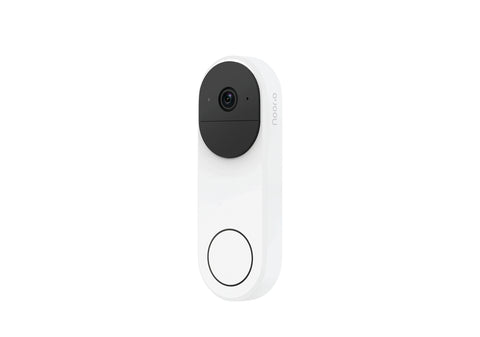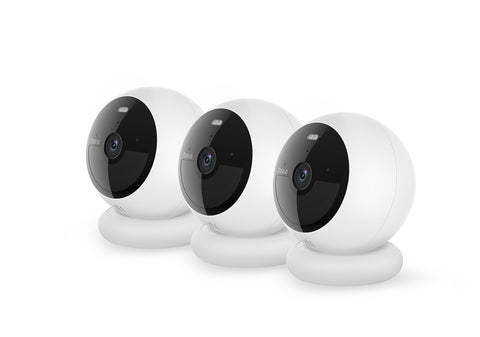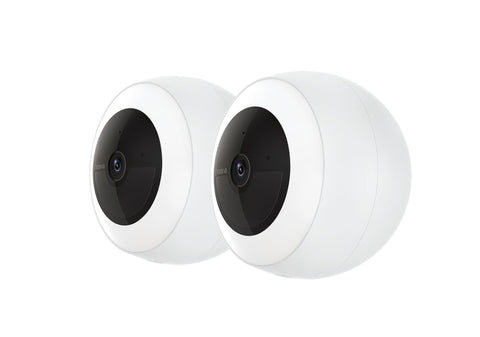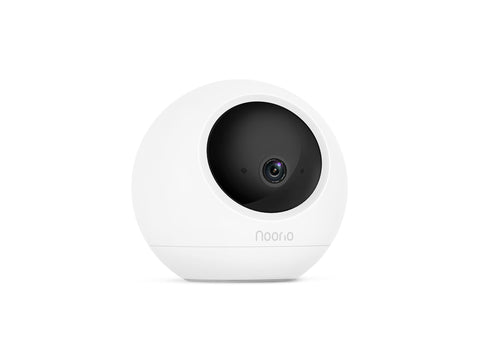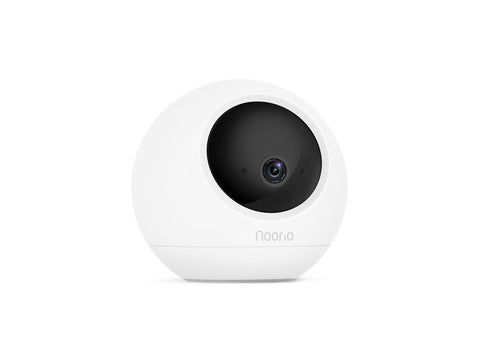Selecting the right security camera is a crucial decision that depends on various factors, including the surveillance needs of your property, aesthetic preferences, and functional requirements. Three common types of security cameras are bullets, domes, and PTZ (Pan-Tilt-Zoom) cameras. Let's explore the characteristics of each to help you make an informed decision.
Bullet Cameras:
Bullet cameras are named for their sleek, cylindrical shape, resembling a bullet casing. These cameras are often preferred for their conspicuous design, acting as a visible deterrent to potential intruders. Bullet cameras are suitable for long-range viewing, making them ideal for outdoor applications. They usually come with infrared capabilities for night vision and are resistant to harsh weather conditions, ensuring reliability in various environments.
Dome Cameras:
Dome cameras, as the name suggests, are enclosed in a dome-shaped housing. One of the key advantages of dome cameras is their discreet design, making it challenging for potential perpetrators to determine the camera's field of view. Dome cameras are commonly used for indoor surveillance but can also be deployed outdoors with weather-resistant casings. Some dome cameras come with vandal-resistant features, providing added protection against tampering.
PTZ Cameras:
PTZ cameras offer a high degree of flexibility with their pan, tilt, and zoom capabilities. Users can remotely control the camera's movement, allowing for a wide range of coverage. PTZ cameras are particularly useful for large areas where a single fixed camera may not provide sufficient coverage. These cameras can be programmed to automatically patrol an area, and they offer powerful zoom features for detailed monitoring. However, their mechanical components can make them more susceptible to wear and tear.
Choosing the Right Camera Type:
-
Location and Purpose: Consider where you plan to install the camera and its intended purpose. Bullet cameras are great for long-range outdoor surveillance, while dome cameras offer a discreet indoor solution. PTZ cameras are versatile and suitable for large areas that require flexible coverage.
-
Aesthetics and Visibility: The visibility of the camera can act as a deterrent. Bullet cameras are overt and can signal a strong security presence, while dome cameras are more discreet. PTZ cameras can be conspicuous or blend in, depending on their position.
-
Weather Resistance: If your camera will be exposed to the elements, ensure it has the necessary weather resistance. Bullet and dome cameras often come with weatherproof casings, while PTZ cameras may require additional protection.
-
Budget and Features: Consider your budget and the features you need. PTZ cameras tend to be more expensive due to their advanced capabilities, while bullet and dome cameras offer cost-effective options with varying features.
In conclusion, the choice between bullet, dome, and PTZ security cameras depends on your specific requirements. Evaluate factors such as location, visibility, weather resistance, and budget to determine the most suitable type for your surveillance needs. Each camera type has its advantages, and understanding their characteristics will help you make an informed decision to enhance the security of your property.
